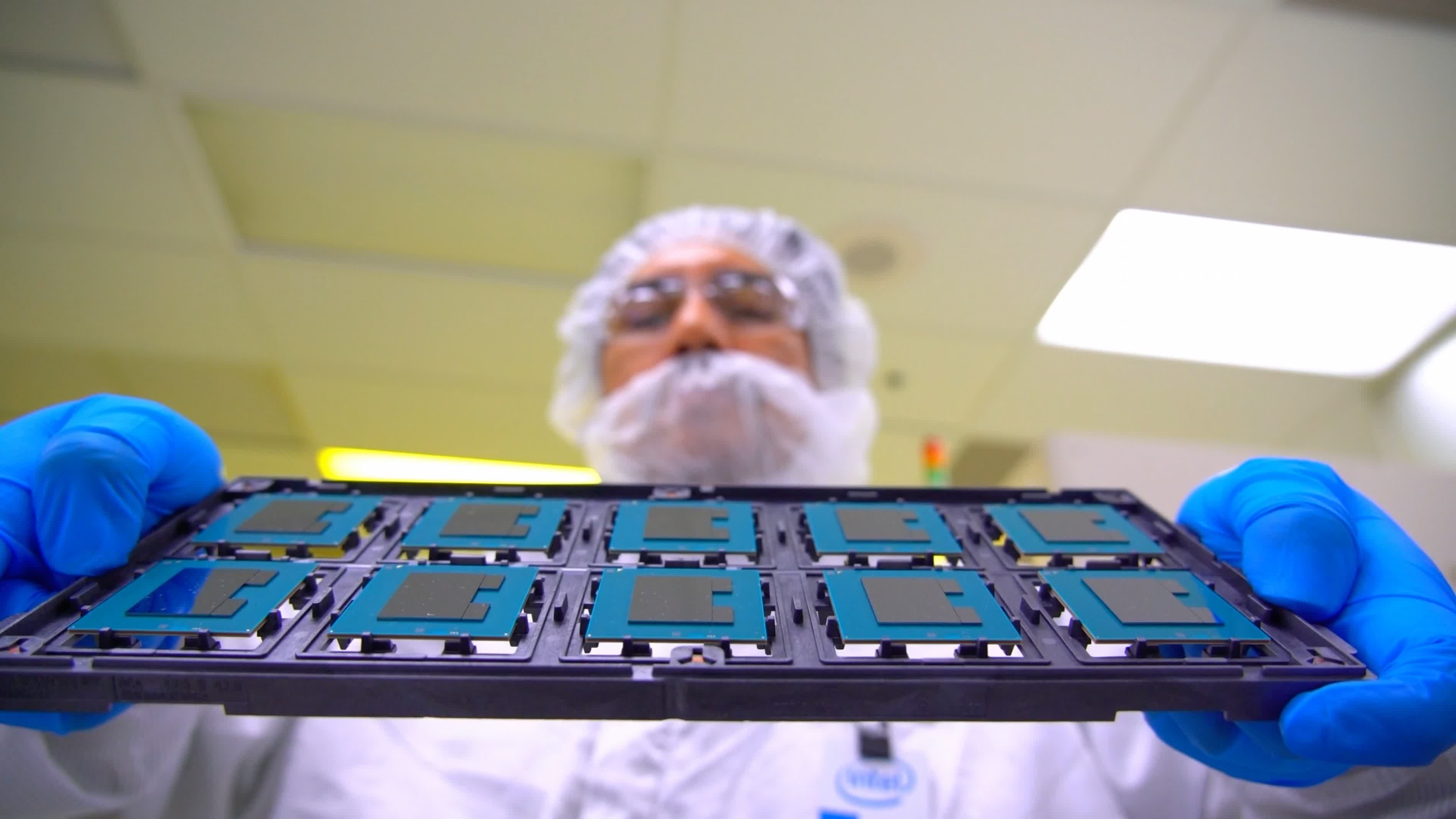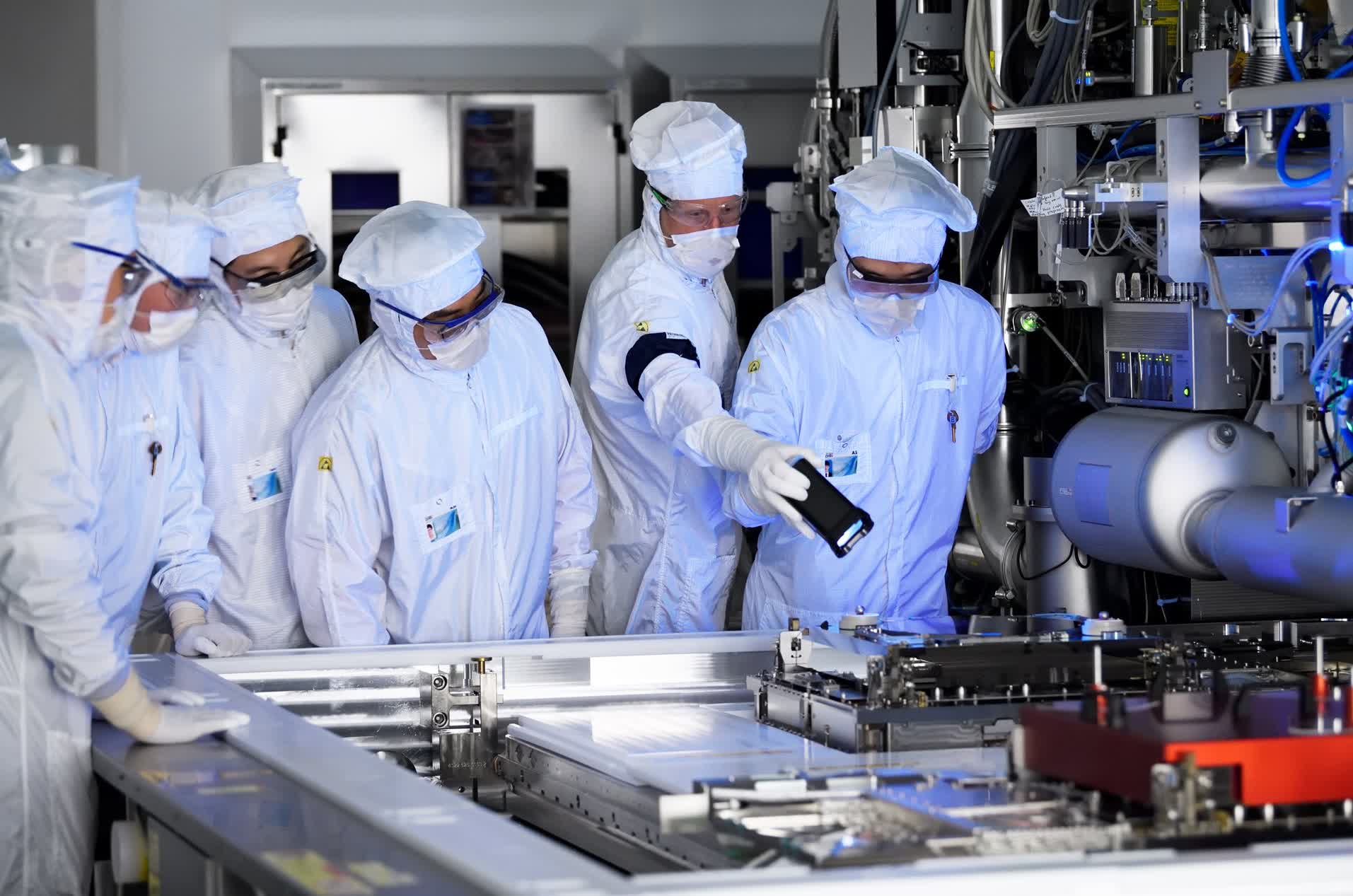In brief: Chipmakers are spending money hand over fist to boost capacity in an effort to meet the global surge in demand for semiconductors. Unfortunately, it's not an endeavor that an infusion of cash can solve overnight as supply chain partners are dealing with shortages of their own.
One such example is ASML, the Dutch multinational corporation that makes lithography machines used in the production of advanced semiconductors. Their machines are used to etch circuits into silicon wafers and according to at least one tech analyst, ASML is the single most critical company in the semiconductor supply chain.
ASML CEO Peter Wennink told the Financial Times that they will be shipping more machines this year than last year, and more machines next year than this year. Even still, "it will not be enough if we look at the demand curve," he said.
"We really need to step up our capacity significantly more than 50 percent. That will take time," Wennink added.

Intel chief executive Pat Gelsinger said he has been in direct contact with Wennink regarding the shortages. The chipmaker even sent its own manufacturing specialists to ASML to help expedite production.
"Today this is a constraint," Gelsinger said. Fortunately, there's still time to resolve the issue as it'll take at least two years for Intel to build the shell of a new factory. "Then you start to fill it with equipment in year three or four," Gelsinger added.
Wennink agreed with Gelsinger's assessment of the situation, but stressed its own suppliers would need to boost their production to meet increased demand.
Carl Zeiss, the optics company that makes lenses for ASML's equipment, will need to make "significantly more lenses," Wennink said. Before that can happen, they will need to "build clean rooms; they need to start asking for permits; they need to start organizing the building of a new factory. Once a factory is ready, they need to order the manufacturing equipment; they need to hire people. And then... it takes more than 12 months to make the lens."
